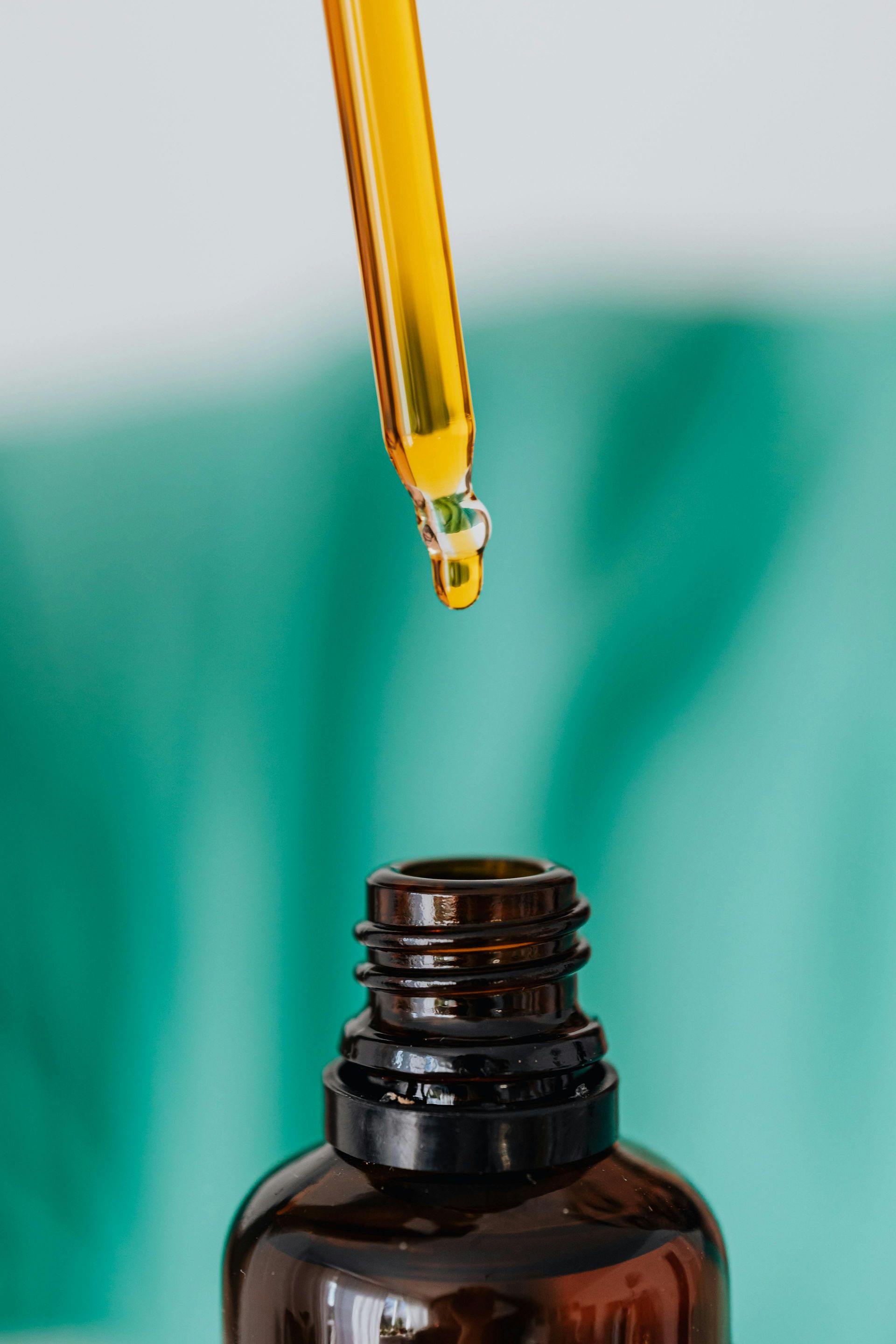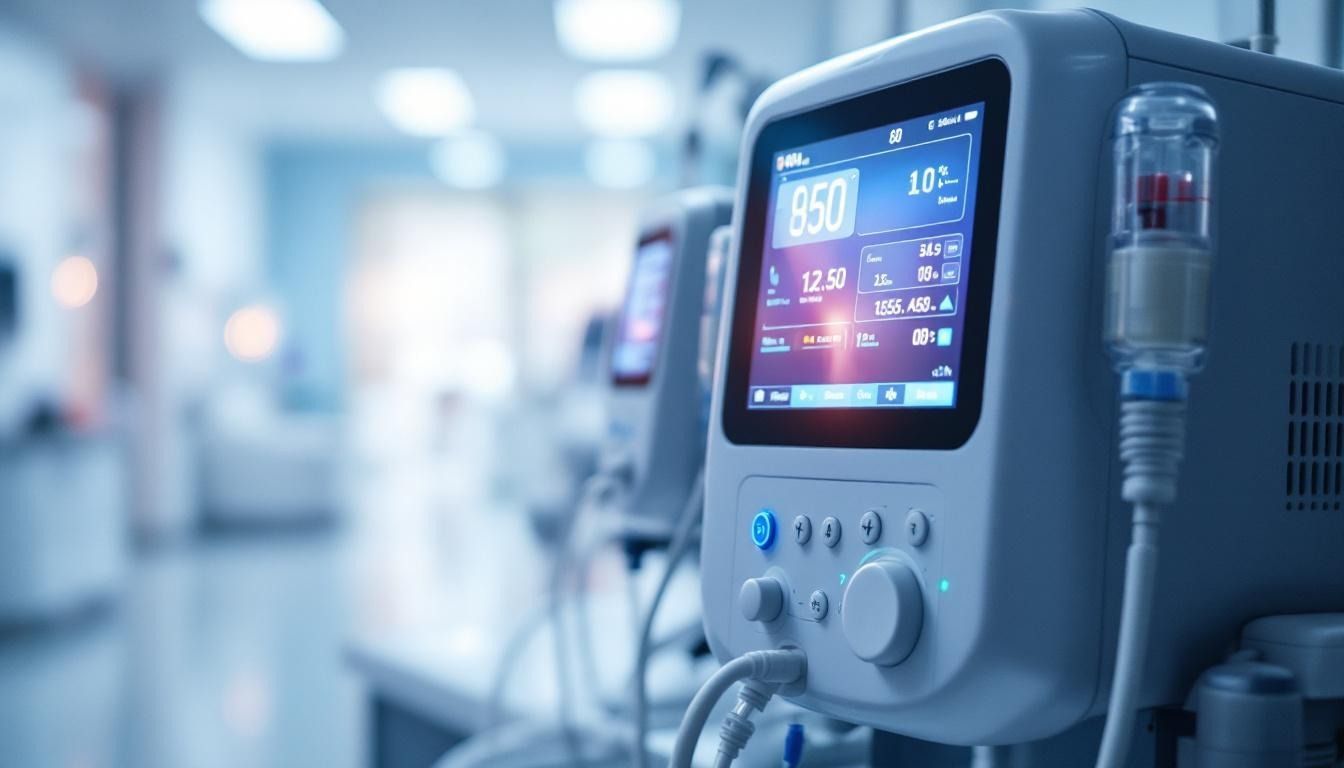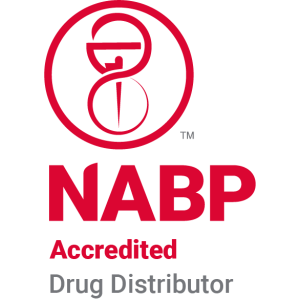How does sterile compounding help with dialysis support?
Introduction to Dialysis Support and Sterile Compounding
Dialysis is a vital treatment for patients with kidney failure, requiring the precise and sterile preparation of solutions and medications. Sterile compounding plays a crucial role in supporting the safety, efficacy, and customization of dialysis therapies. By adhering to strict safety standards and employing advanced techniques, pharmacy professionals ensure that patients receive uncontaminated, accurate therapeutic products essential for successful outcomes.
Purpose and Scope of Sterile Compounding in Dialysis
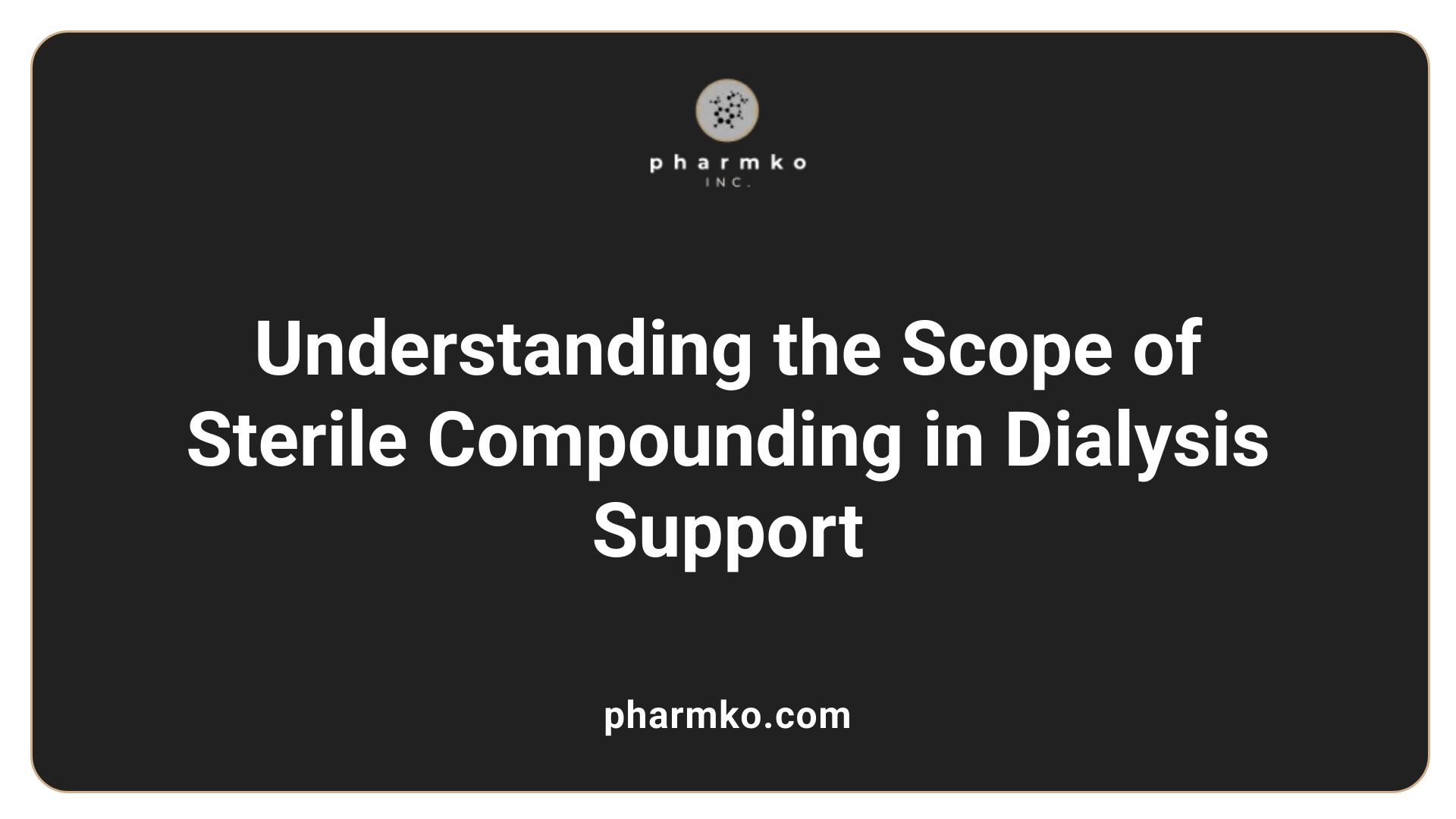
What is the purpose of sterile compounding?
Sterile compounding plays a crucial role in dialysis support by ensuring that solutions prepared for patient use are free from contamination. This process involves meticulously preparing medications and solutions in a controlled, sterile environment so that they meet strict safety standards. When used in dialysis, such sterile preparations help prevent infections and other complications, safeguarding patient health.
The goal of sterile compounding is to create medications that are both accurate in dosage and free from harmful microorganisms. This prevention of contamination is vital because dialysis solutions and medications are administered directly into the bloodstream or body cavities, where even minor infections can cause significant health issues.
What preparations require sterile compounding?
Sterile compounding is necessary for a variety of preparations in dialysis, especially for solutions like dialysate used in peritoneal dialysis and continuous renal replacement therapy (CRRT). These preparations include:
- Dialysate solutions for peritoneal dialysis, which absorb waste products from the blood within the abdominal cavity.
- Injectable medications and fluids administered directly into the bloodstream.
- Total parenteral nutrition (TPN), which supplies nutrients intravenously.
All these preparations must be compounded under aseptic conditions, following strict guidelines and using advanced techniques and equipment to minimize risks of contamination. Proper sterile compounding is essential to deliver safe, effective dialysis treatments—whether they are performed at home, in a hospital, or during emergency care.
Supporting Dialysis by Preparing Critical Solutions and Medications
How does sterile compounding support dialysis treatment?
Sterile compounding is essential in the realm of dialysis care because it ensures that all solutions and medications used are free from harmful microorganisms and contaminants. This process involves meticulous procedures to prepare sterile solutions, like dialysate fluids, which are vital for removing waste products and excess fluids from the blood during dialysis sessions. Proper compounding guarantees that these solutions are accurately formulated and sterile, significantly reducing the risk of infections that can complicate treatment.
In addition to dialysate, sterile compounding allows healthcare professionals to prepare customized medications tailored to each patient's specific needs. For example, antibiotics or electrolyte replacements can be compounded to fit individual treatment plans, ensuring optimal efficacy and safety. By adhering to strict guidelines from organizations like the United States Pharmacopeia (USP <797>), technicians and pharmacists uphold high standards of cleanliness, precision, and sterility.
This comprehensive approach through sterile compounding not only safeguards patient health by minimizing contamination risks but also supports the overall effectiveness of dialysis. It guarantees that all products entering the patient's body meet rigorous safety standards, thus enhancing treatment outcomes and protecting vulnerable populations, such as those with compromised immune systems.
What preparations require sterile compounding?
Medications and solutions directly involved in dialysis procedures demand sterile preparation. These include dialysate fluids, which contain the necessary electrolytes and other components to facilitate waste removal. Additionally, medications like electrolyte replacements and certain antibiotics are compounded under sterile conditions to prevent microbial contamination.
The process of compounding in a controlled environment, such as a clean room equipped with biological safety cabinets or containment isolators, is crucial. Technicians working in these environments follow strict protocols, including proper garbing, hand hygiene, and equipment sterilization, to maintain a sterile environment.
Overall, sterile compounding is integral to ensuring the safety and effectiveness of the numerous solutions and medications used in dialysis, preventing infections, and supporting healthy treatment progress.
The Critical Role of Sterile Compounding in Dialysis Safety and Efficacy

What is the importance of sterile compounding in dialysis care?
Sterile compounding is essential in dialysis care because it guarantees that all solutions and medications used during treatment are free from harmful microorganisms and contaminants. In dialysis, patients often receive solutions like dialysate or injectable medications that are administered directly into their bloodstream or body cavities. If these solutions are contaminated, it could lead to severe infections or complications.
This process takes place in controlled environments called clean rooms, where specialized procedures are followed to maintain sterility. Proper compounding minimizes the risk of bloodstream infections, which are a significant concern in dialysis patients. Besides infection prevention, sterile compounding allows healthcare providers to prepare customized medication doses tailored to each patient’s unique needs, improving overall treatment outcomes.
Ultimately, sterile compounding safeguards patient health, supports the integrity of dialysis treatments, and reduces the likelihood of adverse events caused by contaminated solutions. This meticulous process is a cornerstone of safe, effective dialysis therapy.
Role of Pharmacy Services and Multidisciplinary Support in Dialysis

What is the role of pharmacy services and compounded sterile drugs in supporting kidney-related treatments?
Pharmacy services are integral to the effective management of kidney-related conditions, including chronic kidney disease (CKD), end-stage renal disease (ESRD), and during dialysis procedures. Pharmacists specialize in preparing compounded sterile drugs that are tailored to meet the specific needs of these patients.
These medications include sterile preparations such as injectable drugs, total parenteral nutrition, and other solutions used during dialysis. By ensuring these drugs are sterile, accurately dosed, and free from contamination, pharmacists help prevent infections and adverse reactions, which are critical concerns in immunocompromised or vulnerable patients.
Pharmacists also collaborate closely with healthcare teams to optimize medication regimens, monitor for potential interactions, and make adjustments based on treatment responses. This collaborative approach enhances treatment efficacy, safety, and patient adherence.
Moreover, pharmacy services support proper medication reconciliation and management during care transitions, ensuring continuity and safety of therapy. Overall, the role of pharmacy services and compounded sterile drugs is vital in supporting kidney health, improving patient outcomes, and maintaining high standards of care in dialysis and other renal treatments.
How do pharmacy teams contribute to reducing medication-related problems?
Pharmacists’ interventions are proven to significantly reduce medication-related problems such as drug accumulation and toxicity, common in CKD and ESRD patients due to impaired renal clearance. They carefully review drug regimens, consider drug dialyzability, and adjust dosages accordingly.
Through comprehensive medication reviews and collaborative practice agreements, pharmacists help prevent adverse drug events, support appropriate dosing, and ensure timely medication administration. This multidisciplinary effort not only enhances safety but also helps in delaying disease progression and avoiding hospitalization.
What is the importance of collaborations with healthcare teams?
Partnering with nephrologists, nurses, technicians, and other healthcare providers, pharmacists play a crucial role in delivering holistic, patient-centered care. This teamwork ensures proper medication management during dialysis, reduces errors, and addresses complex medication needs related to ESRD.
In summary, pharmacy services underpin the safety, efficacy, and quality of kidney disease treatments through meticulous medication preparation, management, and oversight—central components in delivering optimal dialysis support and improving patient outcomes.
Sterile Compounding Techniques and Safety Practices in Dialysis Support
How do sterile compounding techniques support dialysis safety?
Maintaining a sterile environment during compounding is crucial for patient safety in dialysis. Technicians in sterile compounding environments employ aseptic techniques that include proper garbing—such as handwashing, wearing gowns, gloves, masks, and eye protection—consistent with USP <797> guidelines. These steps help prevent the introduction of contaminants into preparations.
Engineered controls, notably Biological Safety Cabinets (BSCs) and Containment Aseptic Isolators (CAIs), play a vital role in safeguarding both the compounded products and healthcare workers. These cabinets contain drug aerosols and residues, significantly reducing the risk of occupational exposure to hazardous drugs, which is especially important when preparing sterile solutions like dialysates.
Beyond these controls, rigorous cleaning routines and detailed documentation are fundamental components of safety practices. Surfaces, workspaces, and equipment within the clean room are thoroughly cleaned and disinfected regularly, maintaining a contamination-free environment. Additionally, all procedures—including inventory checks, pass-through monitoring, and final product labeling—are meticulously recorded to ensure accountability and traceability.
Adhering to these safety protocols supports the integrity of dialysis solutions, minimizing the risk of infection, contamination, and hazardous exposure. This comprehensive approach helps ensure that patients receiving dialysis get safe, effective treatments and that healthcare workers operate in a protected environment.
Support for Critically Ill Patients and Continuous Renal Replacement Therapy (CRRT)
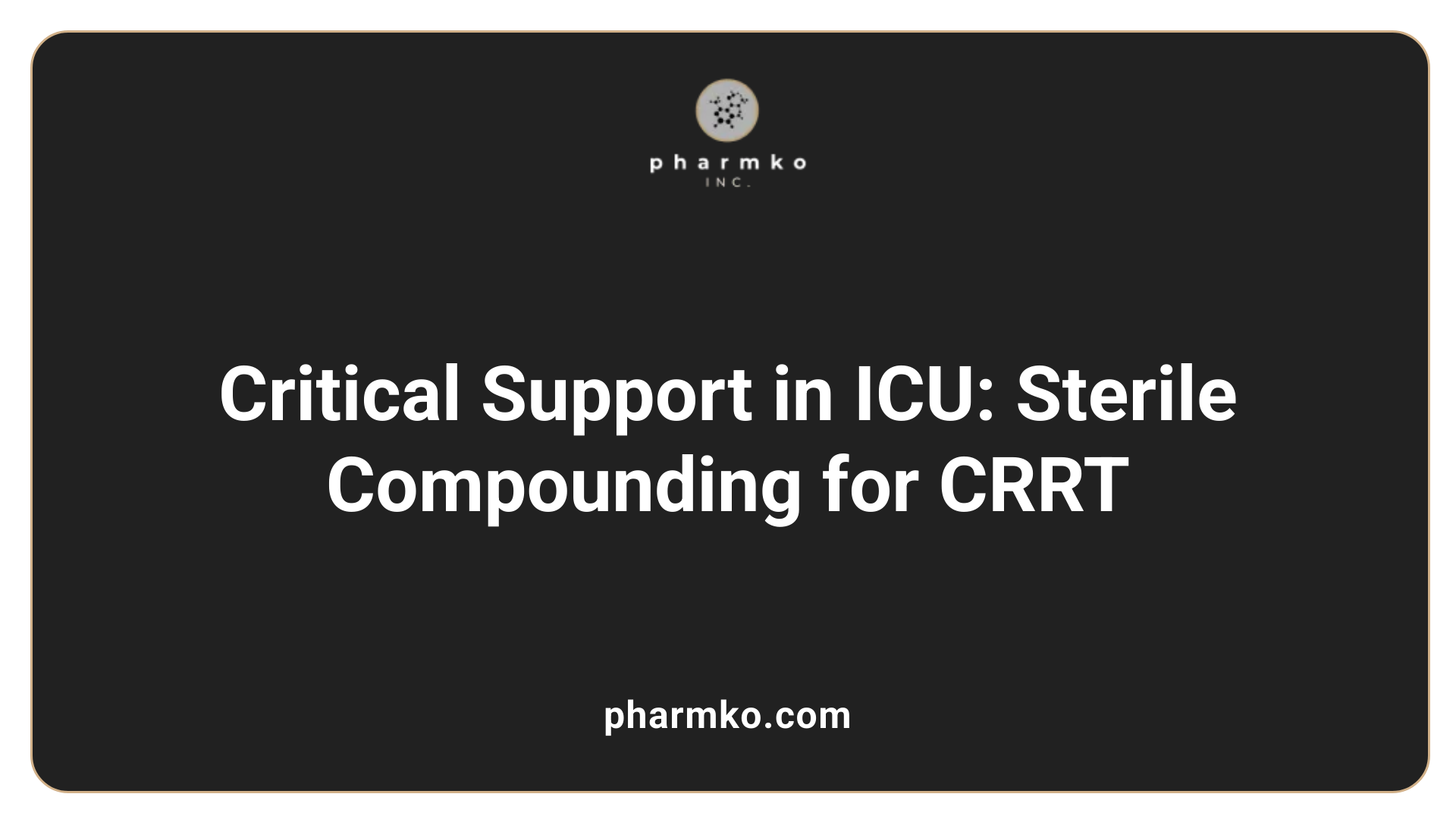
How does sterile compounding support CRRT?
Continuous Renal Replacement Therapy (CRRT) is a vital treatment for critically ill patients with acute kidney injury (AKI). It involves circulating a patient’s blood through a specialized machine to remove waste products, excess fluids, and maintain electrolyte balance.
Sterile compounding plays a crucial role in CRRT by ensuring that all solutions used—such as dialysate, replacement fluids, and anticoagulants—are prepared under strict sterile conditions. This prevents contamination, which is especially important when treating vulnerable, critically ill patients whose immune systems may be compromised.
During the setup of CRRT, compounded sterile solutions must be handled with precision. Technicians and healthcare professionals follow rigorous aseptic techniques to prepare these fluids, often using engineered controls like Biological Safety Cabinets (BSCs) or Containment Aseptic Isolators (CAIs). Proper preparation not only maintains safety but also enhances the efficacy of the therapy.
The sterile environment ensures that there are no microbial contaminants that could cause life-threatening infections. This is especially critical in ICU settings, where patients are typically more susceptible to infections. Additionally, the correct compounding of drugs and solutions reduces the risk of adverse reactions and ensures that each patient receives precisely tailored therapy to their condition.
#############################
| Aspect | Details | Explanation |
|---|---|---|
| Equipment used | Biological Safety Cabinets, sterile gloves, gowns, and masks | Immunize solutions against contamination during preparation |
| Solutions prepared | Dialysate, replacement fluids, anticoagulants | Must be sterile to avoid introducing pathogens into the bloodstream |
| Compounding procedures | Garbing, cleaning, aseptic transfer, documentation | Ensures safety and accountability during preparation |
| Quality control | Visual inspection, containment testing, environmental monitoring | Verifies ongoing sterility and environment safety |
| Impact on patient safety | Reduced risk of infections, precise dosing, effective therapy | Critical in maintaining positive patient outcomes |
Proper sterile compounding, combined with advanced automation and strict protocols, supports effective and safe CRRT procedures. This comprehensive approach minimizes risks and optimizes the treatment for these critically ill patients, ensuring they receive the benefits of therapy without added dangers of contamination.
Training, Safety, and Regulations in Sterile Compounding for Dialysis Support
What regulatory standards govern sterile compounded medications used in dialysis?
Regulatory standards play a vital role in ensuring the safety and effectiveness of sterile compounded medications used in dialysis. The primary agencies involved are the Food and Drug Administration (FDA) and the United States Pharmacopeia (USP). The USP sets detailed guidelines, especially USP <797>, which provides comprehensive standards for aseptic technique, cleanroom environment maintenance, and overall sterile compounding procedures.
The FDA oversees compliance with federal regulations, including manufacturing practices and safety protocols for sterile drugs. It enforces standards that help prevent contamination and ensure that compounded medications meet quality requirements.
Besides these federal agencies, state pharmacy boards and other health authorities may impose additional regulations to safeguard patient health. Strict adherence to these guidelines reduces the risk of errors and contamination, which is essential in dialysis settings where compromised medications can significantly impact patient outcomes.
Overall, continuous training and compliance with these standards are crucial for pharmacy staff involved in sterile compounding. This ensures that medications like dialysis solutions are prepared accurately and safely, maintaining high standards and supporting optimal patient care.
Innovations and Future Directions in Dialysis Support through Sterile Compounding
How is automation and technology shaping sterile compounding?
Automation and advanced technology are transforming sterile compounding processes by minimizing human error and contamination risks. Automated compounding systems now offer precise measurements, consistent mixing, and closed-system operations, significantly reducing the chance of microbial contamination. These technological advancements enable more reliable and safer preparation of dialysis solutions, especially in high-demand settings.
For instance, robotic compounding machines can follow strict protocols for each preparation, ensuring accuracy and efficiency. Digital tracking systems provide comprehensive documentation, supporting regulatory compliance and enhancing quality control.
What are the recent advances in safety practices?
Enhanced safety protocols are essential to protect both patients and healthcare workers in the sterile environment. Implementation of engineered controls like Biological Safety Cabinets and Containment Aseptic Isolators effectively contain drug aerosols and residues, especially when handling hazardous drugs.
Regular decontamination procedures, use of proper PPE, and rigorous staff training further reduce exposure risks. Closed-system drug transfer devices (CSTDs) are also increasingly deployed to limit vapor and aerosol release during drug handling. These comprehensive safety measures are crucial for preventing contamination, ensuring dose accuracy, and safeguarding staff health.
What emerging medications and formulations are influencing sterile compounding?
The development of new drugs and formulations tailored for dialysis support continues to evolve. Biologics, advanced medication delivery systems, and novel injectable drugs are being designed to improve patient outcomes. These medications often require specialized sterile compounding techniques to ensure stability and efficacy.
Moreover, the incorporation of these pharmaceuticals into the dialysis regimen demands precise formulation and compounding procedures. Innovations like ready-to-use sterile formulations streamline operations and reduce compounding errors. Effective medication management, supported by pharmacists trained in renal therapy, plays a vital role in integrating these emerging therapies safely into patient care.
Future outlook: Innovations in sterile compounding for dialysis support
Looking ahead, integration of artificial intelligence, machine learning, and real-time monitoring could revolutionize sterile compounding. Such advancements promise enhanced precision, reduced errors, and faster turnaround times. Additionally, emerging protocols for handling complex biologics and hazardous drugs will continue to evolve, emphasizing safety and efficacy.
As the landscape of dialysis treatment advances, so will the technology and safety practices underpinning sterile compounding. These innovations will work together to provide safer, more effective support for patients with kidney failure, ultimately improving quality of life and treatment outcomes.
Summary and Final Thoughts on Dialysis Support
Sterile compounding remains a cornerstone of safe and effective dialysis treatment. Through meticulous preparation, adherence to strict standards, and continuous innovation, pharmacy professionals ensure that dialysis patients receive high-quality, contamination-free solutions and medications. As dialysis techniques evolve and new therapies emerge, sterile compounding will continue to be essential in safeguarding patient health and enhancing treatment outcomes.
References
- Guidelines for the Safe Preparation of Sterile Compounds
- Peritoneal dialysis
- Understanding Continuous Renal Replacement Therapy ...
- Partnering with a Renal Pharmacy
- Technicians Can Help With Sterile Compounding
- Continuous Renal Replacement Therapy (CRRT)
- Controlling Occupational Exposure to Hazardous Drugs
- ESRD PPS Drug Designation Process
- American Heritage Dictionary Entry: none
- NONE Definition & Meaning



